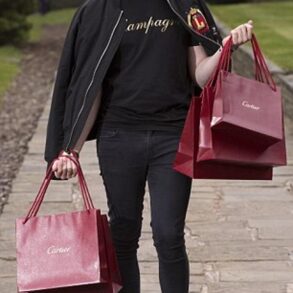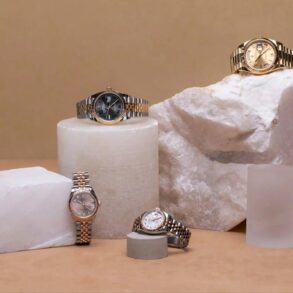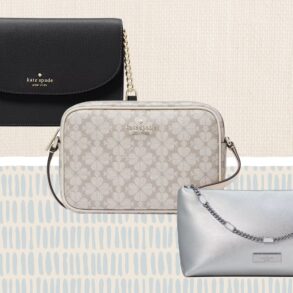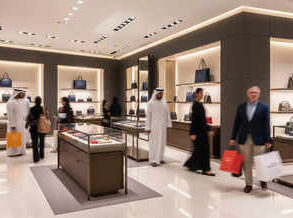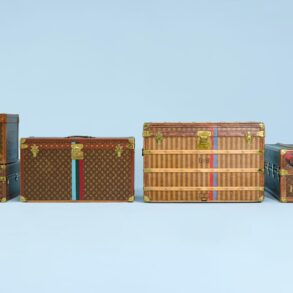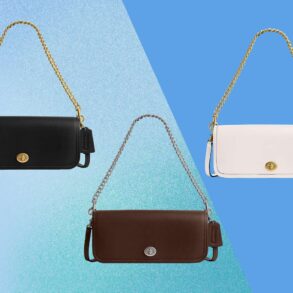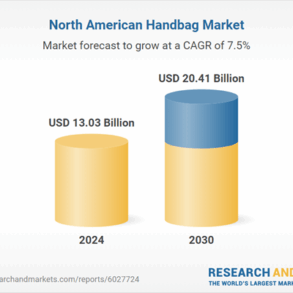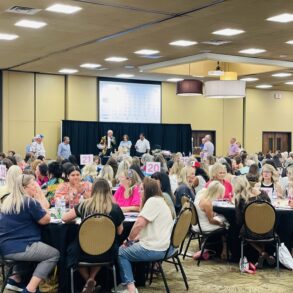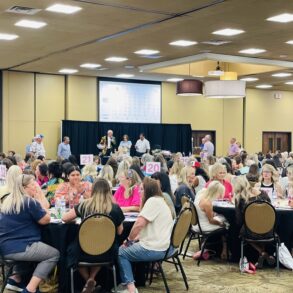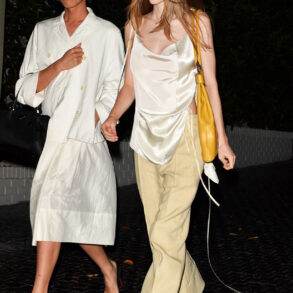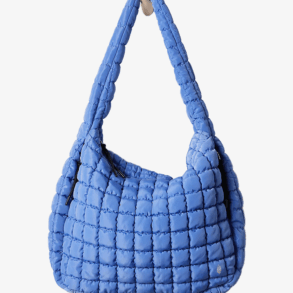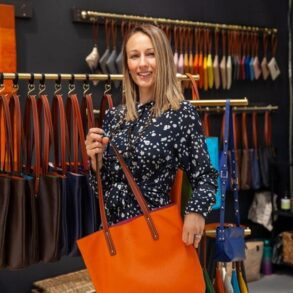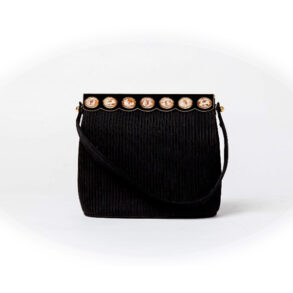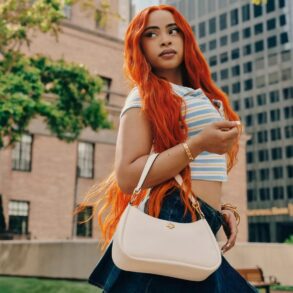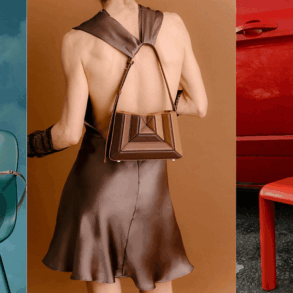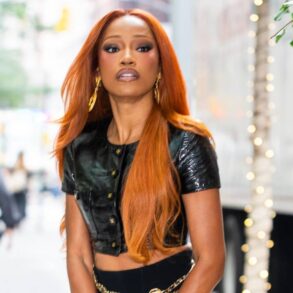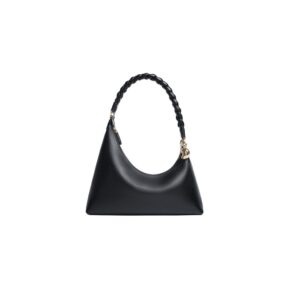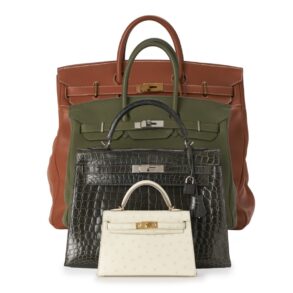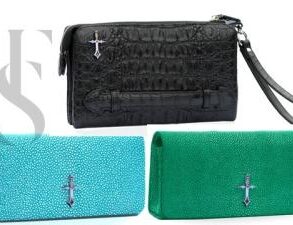ESG Outlook is Sourcing Journal’s discussion series with industry executives to get their take on their company’s latest environmental, social and governance initiatives and their own personal efforts toward sustainability. Here, Kelly Lyndgaard, CEO of upcycled handbag nonprofit Unshattered, shares how a company can thrive on turning something that was once discarded into something beautiful.
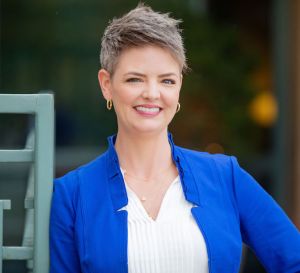
Courtesy
Name: Kelly Lyndgaard
Title: CEO
Company: Unshattered
What do you consider your company’s best ESG-related achievement over the last 5 years?
Unshattered is a 501c3 nonprofit organization whose mission is to end the addiction relapse cycle. We employ women in recovery and our team makes premium handbags from upcycled materials. Unshattered rescues and upcycles 6,000 pounds of fabric and leather (luxury car interiors, airline seats, retired military uniforms) every year. All these textiles were headed to a landfill. In addition to our ethical and sustainable production practices, our employment strategy invests in providing pathways toward economic independence and sustained sobriety for women who are exiting addiction. We are a healing-centered employment community that is helping women thrive on the other side of addiction. And in more than 8 years of employing women in recovery, 94 percent of our employees have continuously maintained their sobriety. Our bags are a tangible representation of the lives of the women we serve—something that was discarded and without purpose remade into something beautiful.
What is your company’s latest ESG-related initiative?
Sustainability is the heartbeat of Unshattered—from our materials and employment practices to our packaging and more, every decision we make considers how we can take something others overlook and turn it into something special. Our latest initiative is one that will enable us to scale our mission and serve many more women in the future. We purchased a 22,000-square-foot warehouse and are raising funding to turn it into our new workspace so we can expand and strengthen our mission. We are renovating with the principles of Design for Freedom—an initiative of the Grace Farms Foundation to take human trafficking and slave labor out of the construction industry. Our building is being designed by MASS Architecture—a justice-centered architecture firm. Adaptive reuse buildings typically have a 50 percent smaller environmental footprint than new buildings so this choice is true to our work of bringing possibility to life.

Atelier Unshattered handbag handcrafted from upcycled leathers.
Courtesy
Who are some of Unshattered’s partners?
Industry partners help us fund the mission through donations; they donate fabrics and provide skills training for our team. In addition to Southwest Airlines, we partner with companies like Ultrafabrics who provides the luxury leather alternative fabric used by Landrover, Tesla, and several yacht companies. Another partner is Floor 13 Textiles, which provides textiles for renovations of global hotel chains like Marriott. We’re always looking for more great partners support our work! Of course it’s just as good for their brand as it is for ours.
Southwest included us in their annual report, and just this month had me and one of my teammembers down to speak at their annual business partner meeting about how this program advances their own ESG strategies and the impact it has had on their marketing and employee satisfaction.

Unshattered bag from upcycled airline seats.
Courtesy
What is the biggest misconception consumers have about sustainability in fashion/accessories?
There is a lot of faux-sustainability in the industry—taking credit for things of little impact, or that are offset by other detrimental practices. Unshattered considers sustainability from all angles; 100 percent of our fabric and leather is upcycled from the waste stream, the boxes we ship in are discards from a packaging company that produces custom sizes for other companies, and our employment model invests a minimum of 10 percent of each employee’s time in their personal growth and development.
As consumers become more aware of worker conditions and how clothing is produced, how can the industry best spread the word on progress?
It is important for the industry to share the conditions of those who make their product [and ask the questions]: How are they being paid? What is the gap between the highest and lowest wages in the company? What opportunities do they have for career growth? The average consumer is very uneducated about how many hands have touched their product before it is delivered to them and how little each of them may have been paid in the process. Transparently sharing about the work environment, pay and opportunities for the employees will help consumers understand why ethically made, responsible goods can’t compete with Amazon and big brands.
What do you consider to be the apparel industry’s biggest missed opportunity related to securing meaningful change?
The increasing speed of the apparel industry drives more fast fashion. Cycles should be slower, clothing should be higher quality, and true impact-based brands should be featured by platforms that can help showcase their work and change the messaging of the industry.
What is your personal philosophy on shopping and caring for your clothes?
I am intentional in buying as much secondhand clothing as possible and keeping my clothing for as long as possible. I am not a seasonal shopper and when I’m ready to move on from a piece I work to make sure it is in good condition and pass it on to someone who will enjoy it for its next life.
How much do you look into a brand’s social or environmental practices before shopping?
This is a consideration for products I buy from household products to clothing to food. I’m interested in the supply chain ethics and the quality and try to make the highest impact choices that I can in the places that matter most. One disappointing experience I have had is purchasing several items from an “ethical brand” that practices “sustainable sourcing” from “artisan craftsman”… only to open every box and find a Made in China sticker on every item. That was infuriating.
Anything new you are doing to boost sustainability beyond the fashion industry?
Shopping for imperfect groceries!
This post was originally published on this site be sure to check out more of their content.



